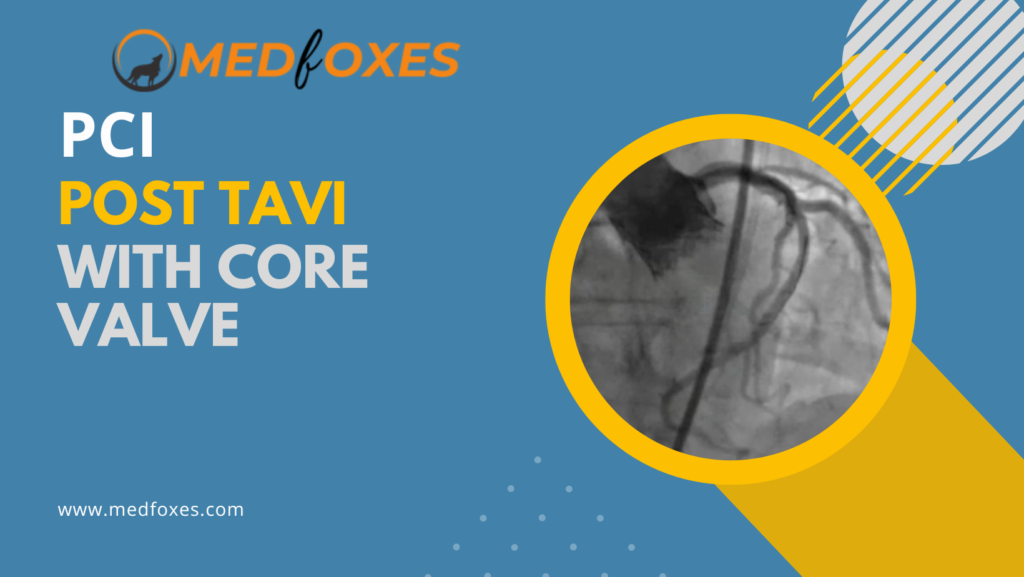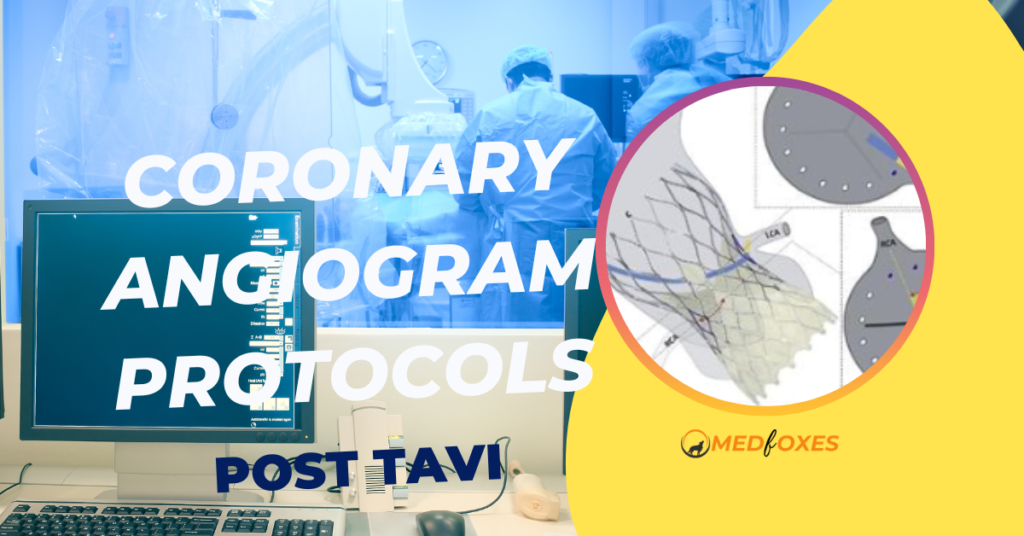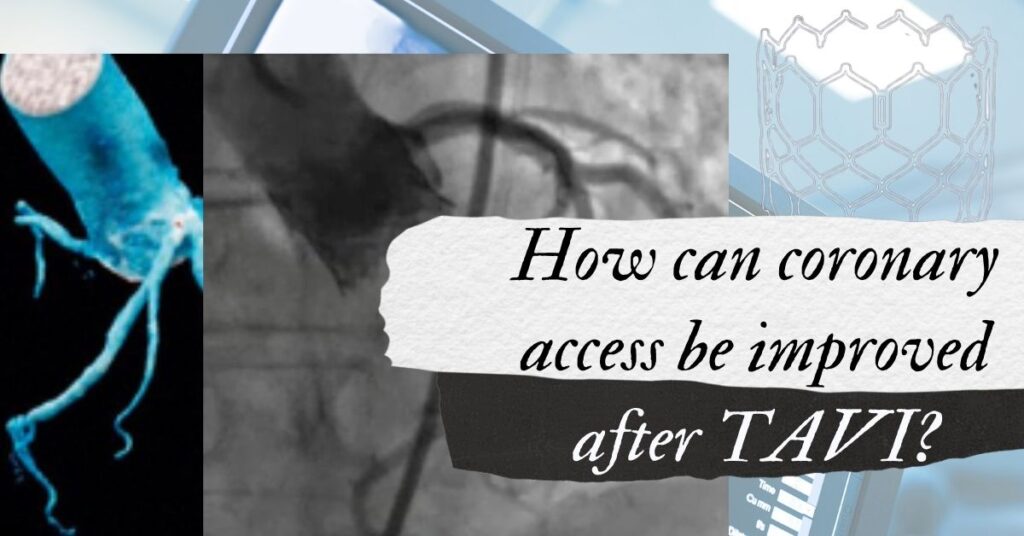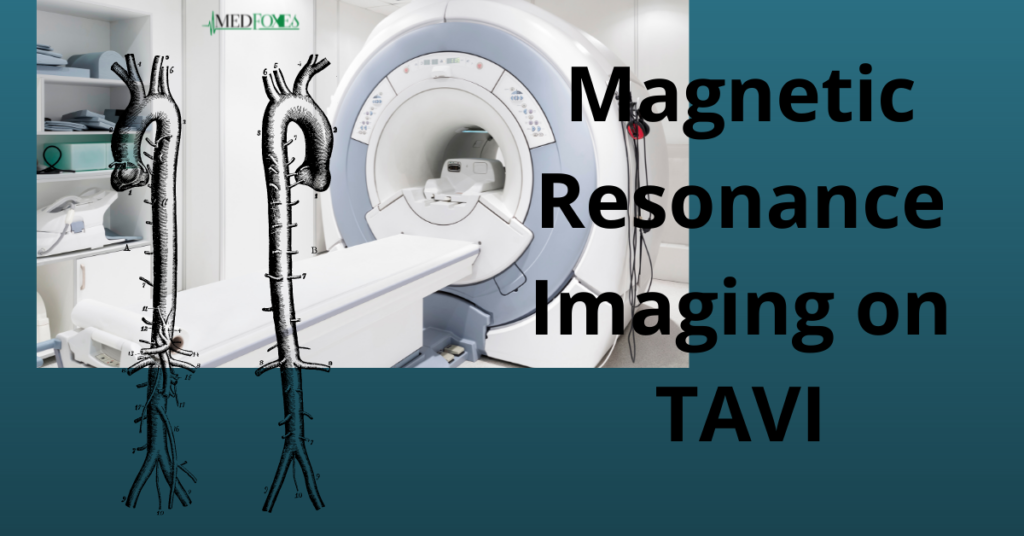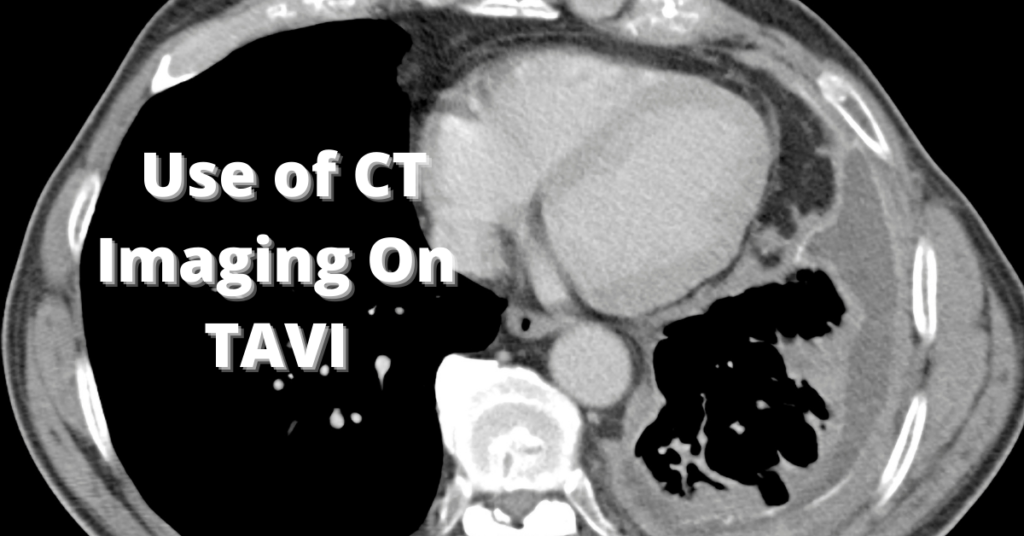Cardiac Structures in Intracardiac Echocardiography
Intracardiac echocardiography (ICE) is a cutting-edge diagnostic tool that offers an unparalleled view of the heart’s anatomy and function during electrophysiological procedures. This technique allows physicians to visualize the heart from within, providing detailed images of the cardiac structures that are crucial for successful electrophysiology studies. In this article, we will explore the role of […]
Cardiac Structures in Intracardiac Echocardiography Read More »


